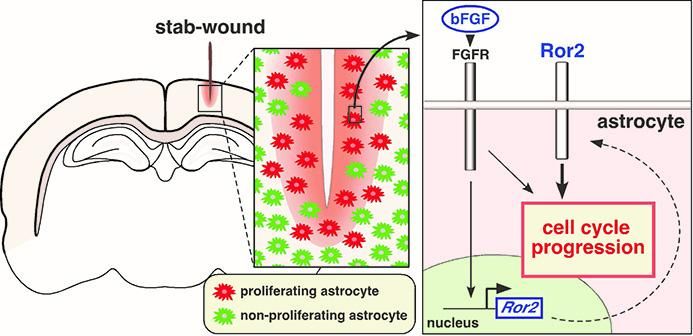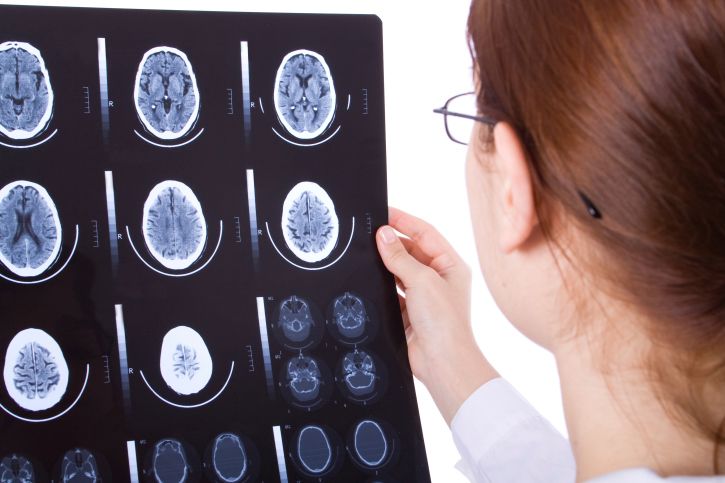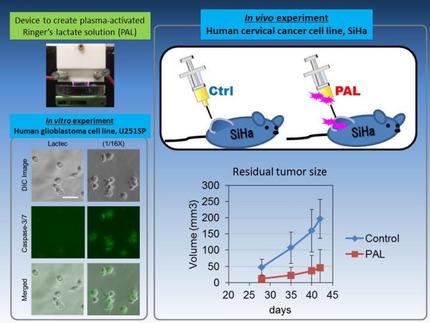Archive for the ‘neuroscience’ category: Page 299
Dec 15, 2016
Gene editing takes on new roles
Posted by Karen Hurst in categories: bioengineering, biotech/medical, genetics, neuroscience
What combinations of mutations help cancer cells survive? Which cells in the brain are involved in the onset of Alzheimer’s? How do immune cells conduct their convoluted decision-making processes? Researchers at the Weizmann Institute of Science have now combined two powerful research tools — CRISPR gene editing and single cell genomic profiling — in a method that may finally help us get answers to these questions and many more.
The new technology enables researchers to manipulate gene functions within single cells, and understand the results of each change in extremely high resolution. A single experiment with this method, say the scientists, may be equal to thousands of experiments conducted using previous approaches, and it may advance the field of genetic engineering for medical applications.
The gene-editing technique CRISPR is already transforming biology research around the world, and its clinical use in humans is just around the corner. CRISPR was first discovered in bacteria as a primitive acquired immune system, which cuts and pastes viral DNA into their own genomes to fight viruses. In recent years, this bacterial system has been adopted by researchers to snip out or insert nearly any gene in any organism or cell, quickly and efficiently. “But CRISPR, on its own, is a blunt research tool, since we often have trouble observing or understanding the outcome of this genomic editing,” says Prof. Ido Amit of the Weizmann Institute of Science’s Immunology Department, who led the study. “Most studies so far have looked for black-or-white types of effects,” adds Dr. Diego Jaitin, of Amit’s lab group, “but the majority of processes in the body are complex and even chaotic.”
Dec 15, 2016
This Device Can Bypass Spinal Injuries to Help Defeat Paralysis
Posted by Karen Hurst in categories: biotech/medical, neuroscience
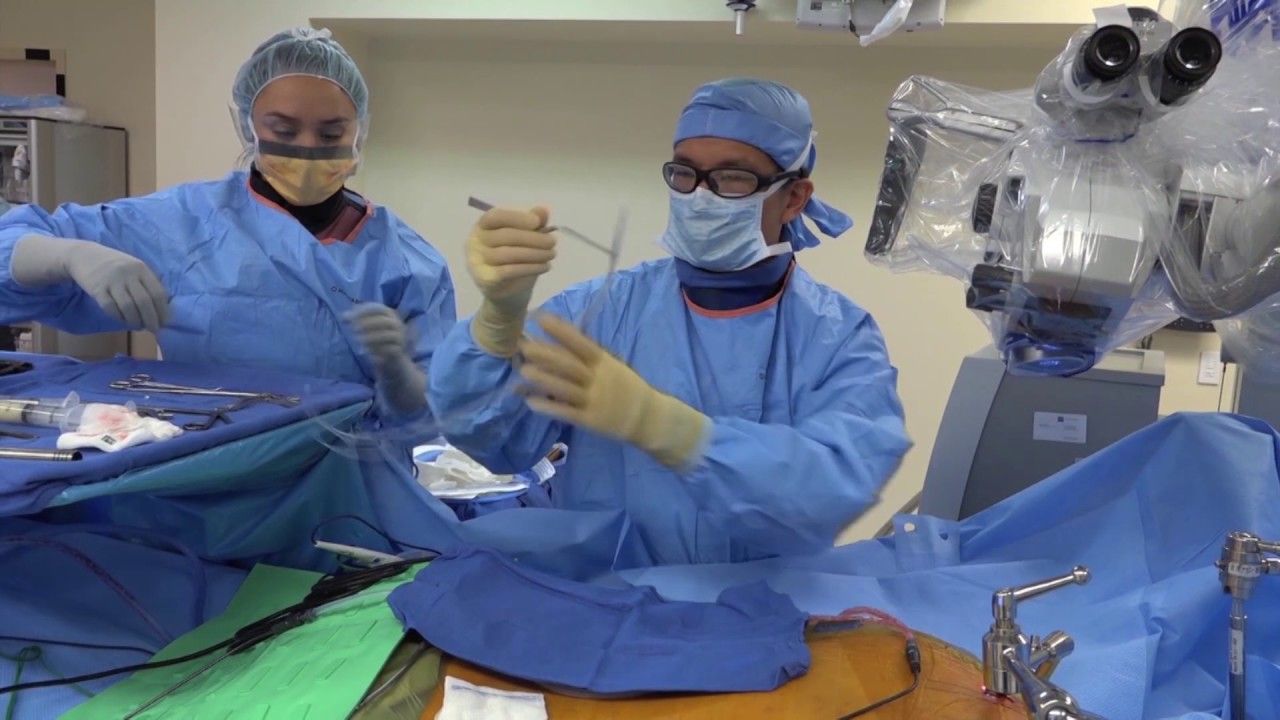
Nice.
Doctors in the US have developed a stimulator that bypasses spinal injuries by forcing the body to use alternative pathways to transmit signals from the brain to other areas of the body.
Continue reading “This Device Can Bypass Spinal Injuries to Help Defeat Paralysis” »
Dec 15, 2016
How brain tissue recovers after injury
Posted by Karen Hurst in categories: biotech/medical, neuroscience
Nice write up.
A research team led by Associate Professor Mitsuharu ENDO and Professor Yasuhiro MINAMI (both from the Department of Physiology and Cell Biology, Graduate School of Medicine, Kobe University) has pinpointed the mechanism underlying astrocyte-mediated restoration of brain tissue after an injury. This could lead to new treatments that encourage regeneration by limiting damage to neurons incurred by reduced blood supply or trauma. The findings were published on October 11 in the online version of GLIA ahead of print release in January 2017.
When the brain is damaged by trauma or ischemia (restriction in blood supply), immune cells such as macrophages and lymphocytes dispose of the damaged neurons with an inflammatory response. However, an excessive inflammatory response can also harm healthy neurons.
Dec 15, 2016
Columbia University reveal what your brain looks like when you ‘zone out’
Posted by Karen Hurst in categories: biotech/medical, neuroscience
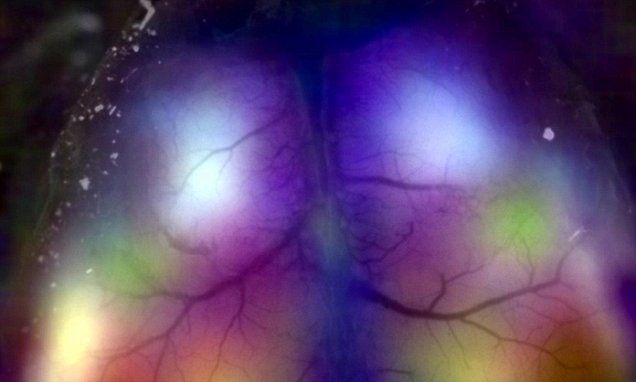
Pretty wild.
A mesmerising new video reveals how neuronal signaling changes blood flow through the brain. Image shows patterns of brain activity occurring across the bilateral cortex of an awake mouse. Colours indicate different patterns of activity over time.
Continue reading “Columbia University reveal what your brain looks like when you ‘zone out’” »
Dec 15, 2016
The neuroscience behind imagination
Posted by Karen Hurst in categories: cosmology, education, neuroscience
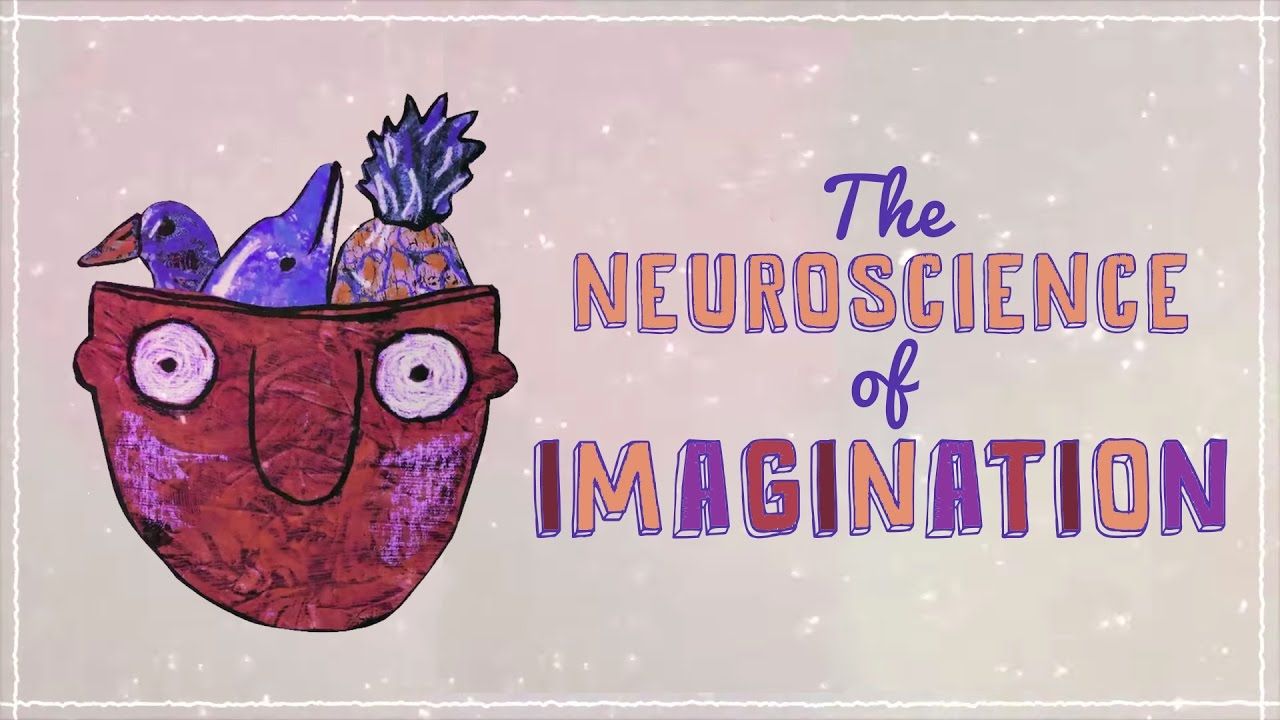
Trying to simplify and understand imagination isn’t that easy. Should be a great read for my tech friends trying to replicate this process.
Imagination… we can all imagine things – even things we have never seen before. Even things that don’t exist. How do our brains achieve that?
Dec 15, 2016
TTFields Prolong Overall Survival in Glioblastoma
Posted by Karen Hurst in categories: biotech/medical, neuroscience
Very promising for Giloblastoma patients.
Adding Tumor Treating Fields (TTFields) to maintenance temozolomide significantly prolongs both median and long-term survival.
Among patients with newly diagnosed glioblastoma multiforme, adding Tumor Treating Fields (TTFields) to maintenance temozolomide significantly prolongs both median and long-term survival, according to a study presented 21st Annual Scientific Meeting of the Society of Neuro-Oncology (SNO).
Continue reading “TTFields Prolong Overall Survival in Glioblastoma” »
Dec 15, 2016
Anti-tumor effect of novel plasma medicine caused by lactate
Posted by Karen Hurst in categories: biotech/medical, neuroscience
Physical plasma is one of the four fundamental states of matter, together with solid, liquid, and gas, and can be completely or partially ionized (thermal/hot or non-thermal/cold plasma, respectively). Non-thermal plasma has many industrial applications, but plasma medicine is a new field of therapy based on non-thermal atmospheric pressure plasma that has been used in cancer treatment, wound healing, and blood coagulation. Plasma is known to react with air to produce highly reactive free radicals, and with liquid to produce long-lived reactive molecules that can be used for chemotherapy. However, the exact components responsible for the anti-tumor effects were unknown.
Now, a research team based at Nagoya University used plasma to activate Ringer’s solution, a salt solution with existing therapeutic functions, and showed that its lactate component had anti-tumor effects.
Previous work by the researchers developed plasma-activated cell culture medium as a form of chemotherapy, but selected Ringer’s solution in the present work because of its simpler composition and likelihood of forming less complex reaction products. Ringer’s lactate solution (Lactec) was irradiated with plasma for 3–5 minutes, after which it demonstrated anti-tumor effects on brain tumor cells.
Continue reading “Anti-tumor effect of novel plasma medicine caused by lactate” »
Dec 15, 2016
Westworld Is Strikingly Real: AI Could Be Conscious and Unpredictable
Posted by Carse Peel in categories: neuroscience, robotics/AI
Westworld recently wrapped its first season with a few stunning twists and a stunning statistic: With a 12-million-viewer average, it was the most-watched first season of an original HBO show in the network’s history. Westworld concerns a perverse theme park, styled in the fashion of the American Old West. The park’s “hosts,” artificially intelligent beings physically indistinguishable from humans, begin to remember the horrifying experiences inflicted on them by the park’s “guests,” the humans who pay to visit and do as they please, including raping and killing hosts.
Robert Ford (Anthony Hopkins), the fictional cofounder of Westworld, built the park’s hosts with the ability to improvise and make decisions based on their environment—a vision of AI strikingly similar to the one held by Simon Stringer, the director of the Oxford Centre for Theoretical Neuroscience and Artificial Intelligence. Stringer is one of the field’s leading thinkers, and like Ford, he says machines with some internalized spatial and causal model of the world could achieve an intuitive, human-like intelligence.
In my conversation with Stringer about Westworld, we discussed what makes AI seem human, the potential threat AI poses to humans, the role of self-modifying programming, and the importance of the Turing Test.
Continue reading “Westworld Is Strikingly Real: AI Could Be Conscious and Unpredictable” »
Dec 14, 2016
Macaque monkeys have the anatomy for human speech, so why can’t they speak?
Posted by Sean Brazell in categories: computing, neuroscience
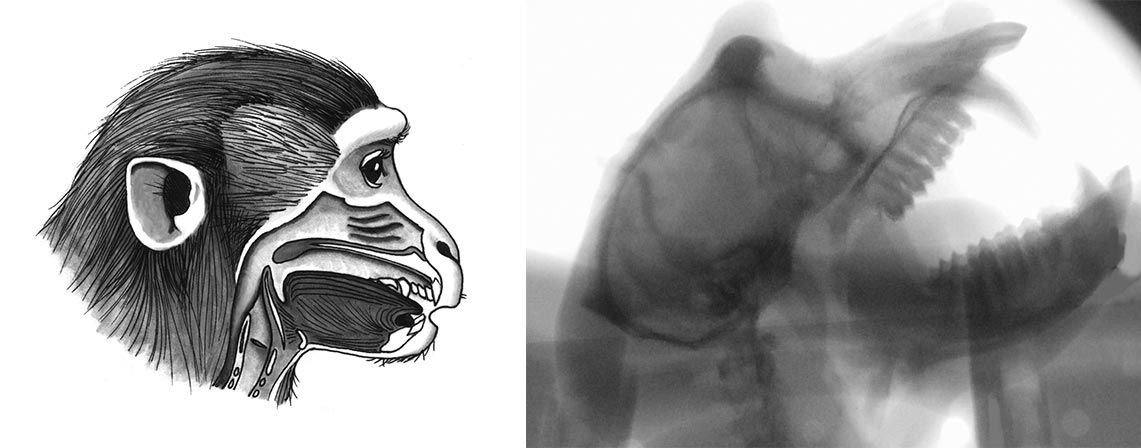
While they have a speech-ready vocal tract, primates can’t speak because they lack a speech-ready brain, contrary to widespread opinion that they are limited by anatomy, researchers at Princeton University and associates have reported Dec. 9 in the open-access journal Science Advances.
The researchers reached this conclusion by first recording X-ray videos showing the movements of the different parts of a macaque’s vocal anatomy — such as the tongue, lips and larynx. They then converted that data into a computer model that could predict and simulate a macaque’s vocal range.
Continue reading “Macaque monkeys have the anatomy for human speech, so why can’t they speak?” »


